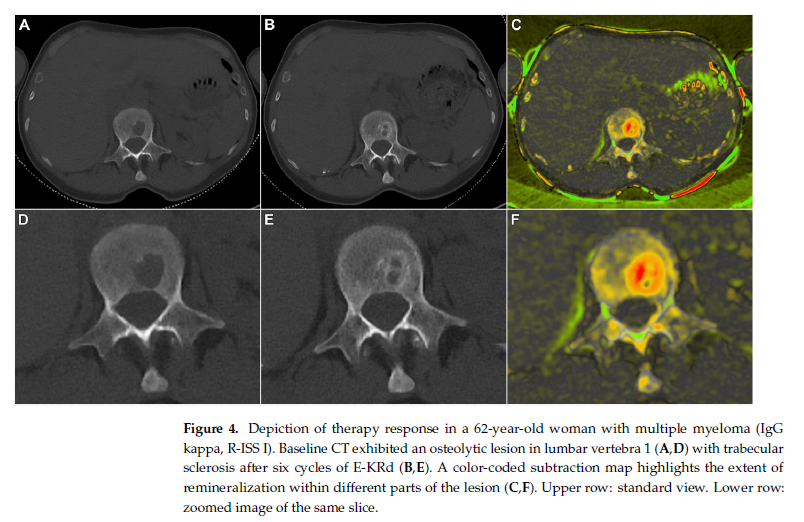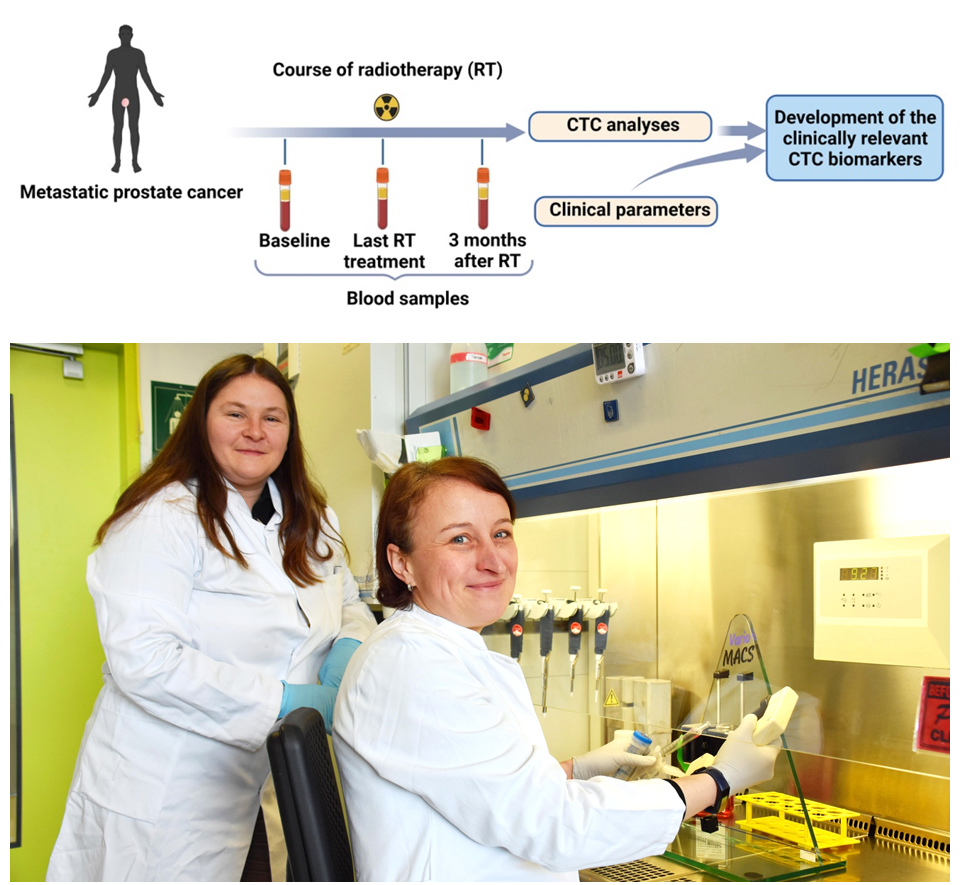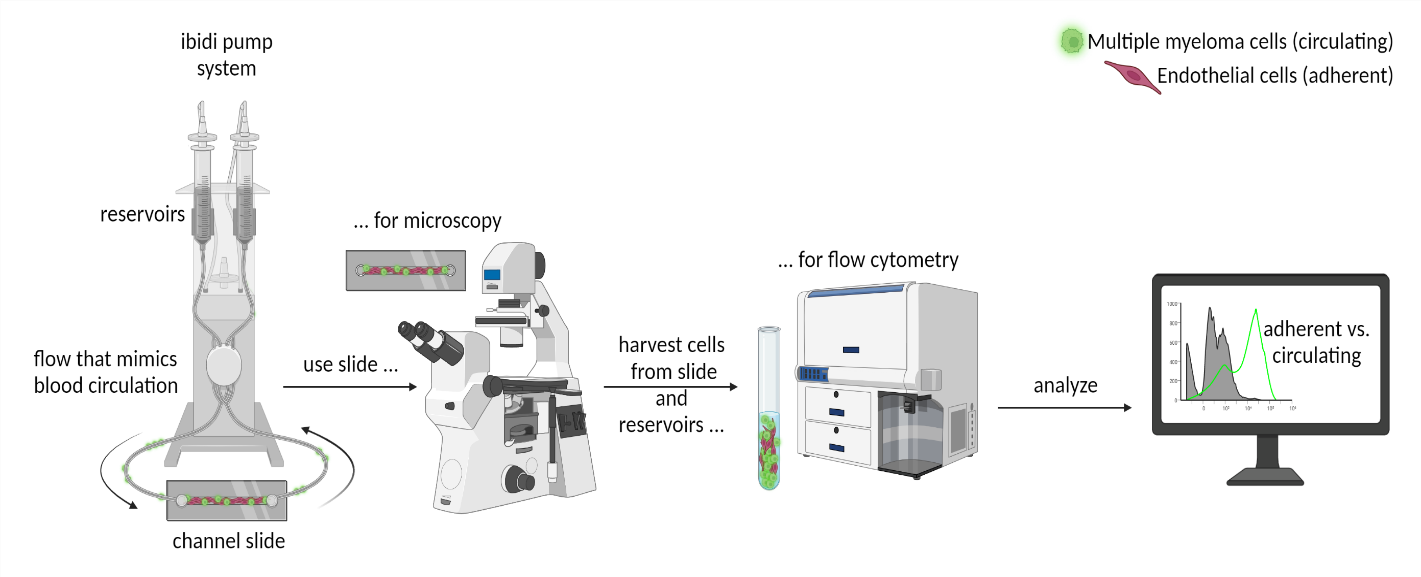Multiple myeloma is a highly prevalent tumor in the bone marrow and bone, which until now, cannot be cured. It is associated with pain, fractures, and a severe loss of quality of life. The group of Franziska Jundt (µBone project 7) was now investigating whether and how bones regenerate during a standardized induction therapy (first intensive treatment phase). They used CT scans to detect osteolytic manifestations in the mineralized bone and hypothesized that sequential CT studies can be used to validate remineralization quantitatively and qualitatively as a measure of treatment response. They found that the lesion size was decreased about 22%, which was associated with the formation of trabecular sclerosis in the majority of responding manifestations.

Furthermore, they recently published their newest results on Notch signaling in the Blood Cancer Journal. Within this publication, they identified NOTCH-driven matrisome-associated genes as prognostic indicators of multiple myeloma patient survival. The Notch signaling pathway is a reason for better growth and lesser cell death of multiple myeloma cells and it induces tumor cells to produce their own surrounding matrix by themselves. These matrix factors are relevant for patient survival since the expression of specific matrix factors are associated with better or poor survival. The difficulty is now to block the Notch signaling specifically in tumor cells without having side effects.
The links for the publication are below:



